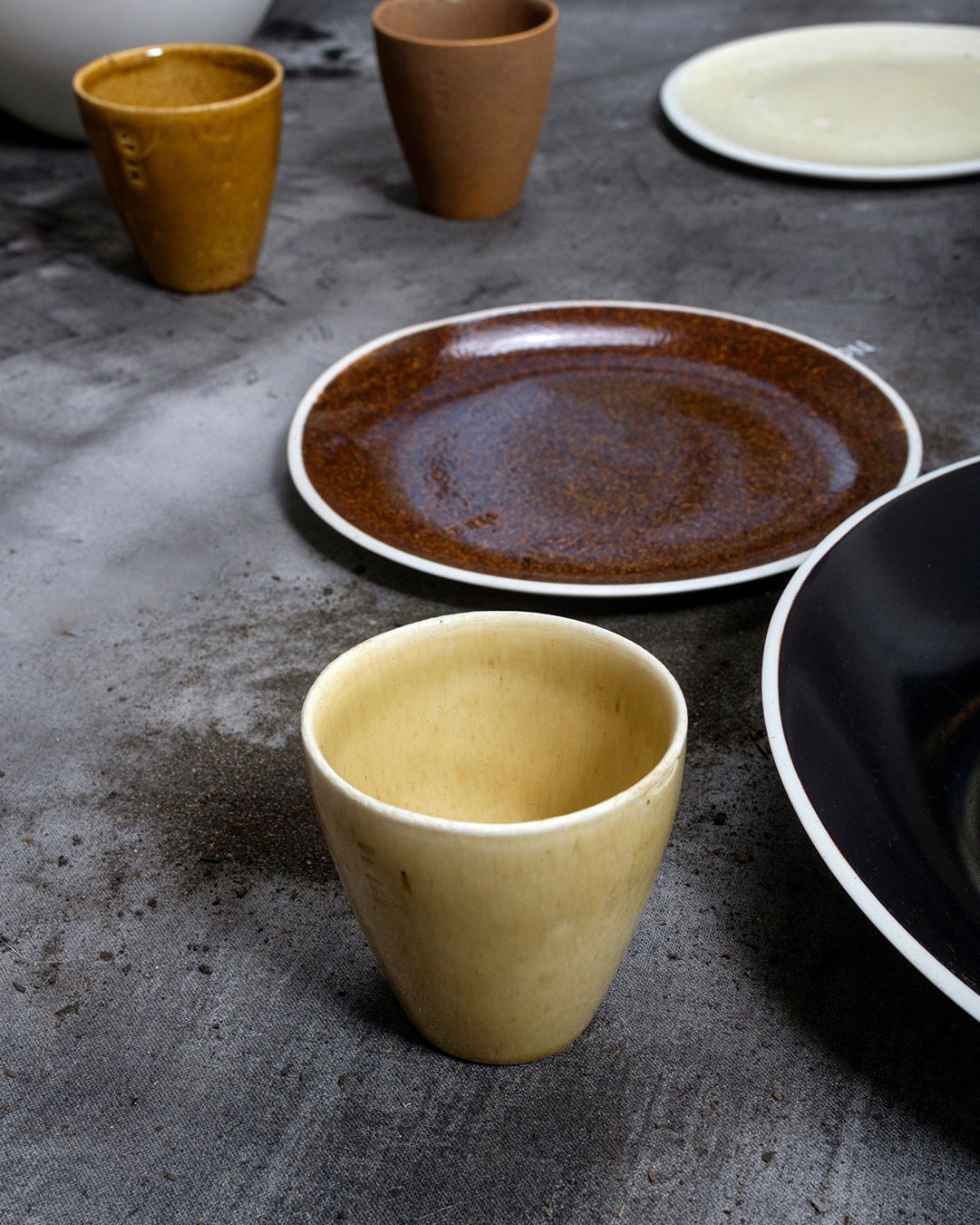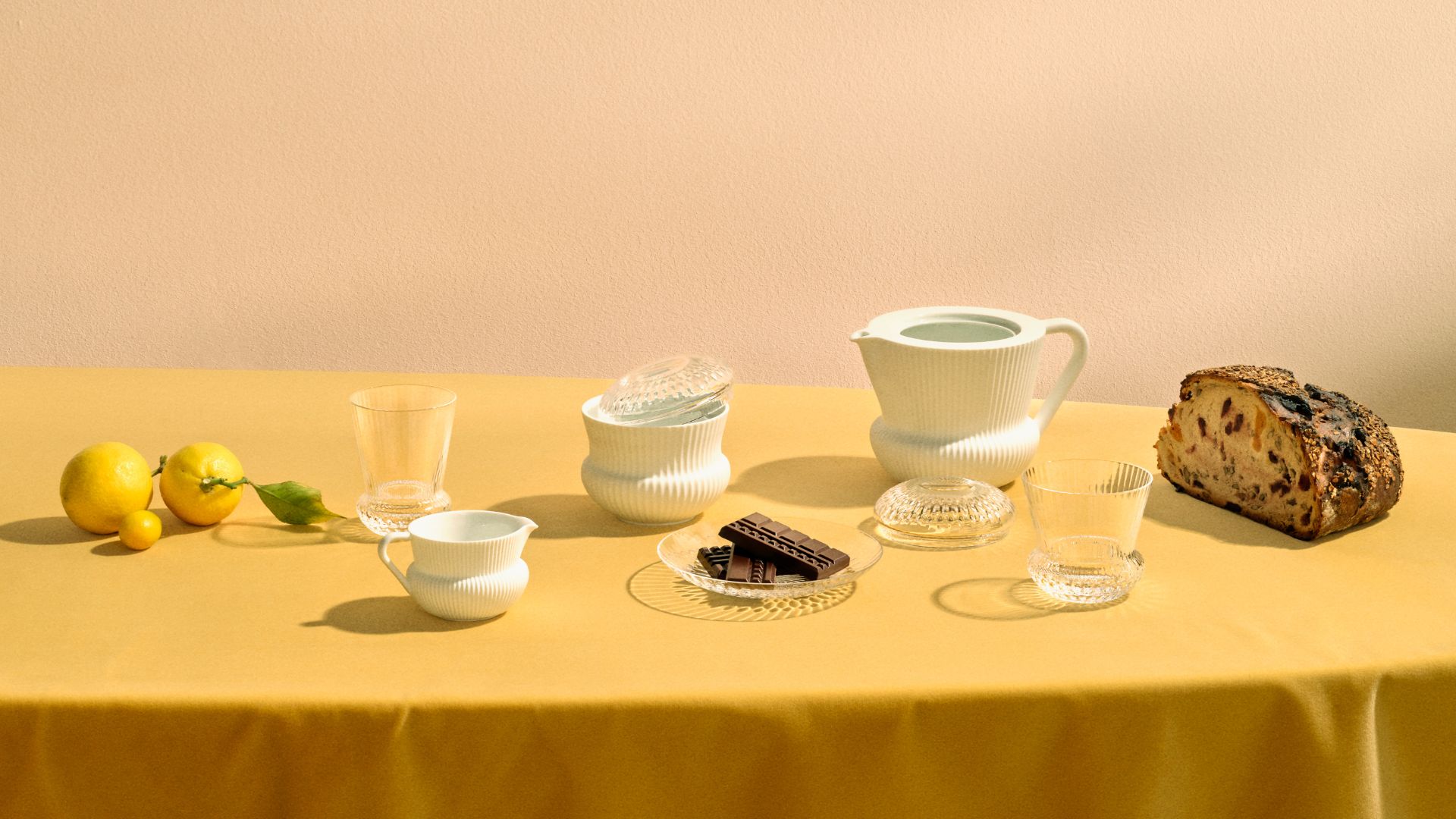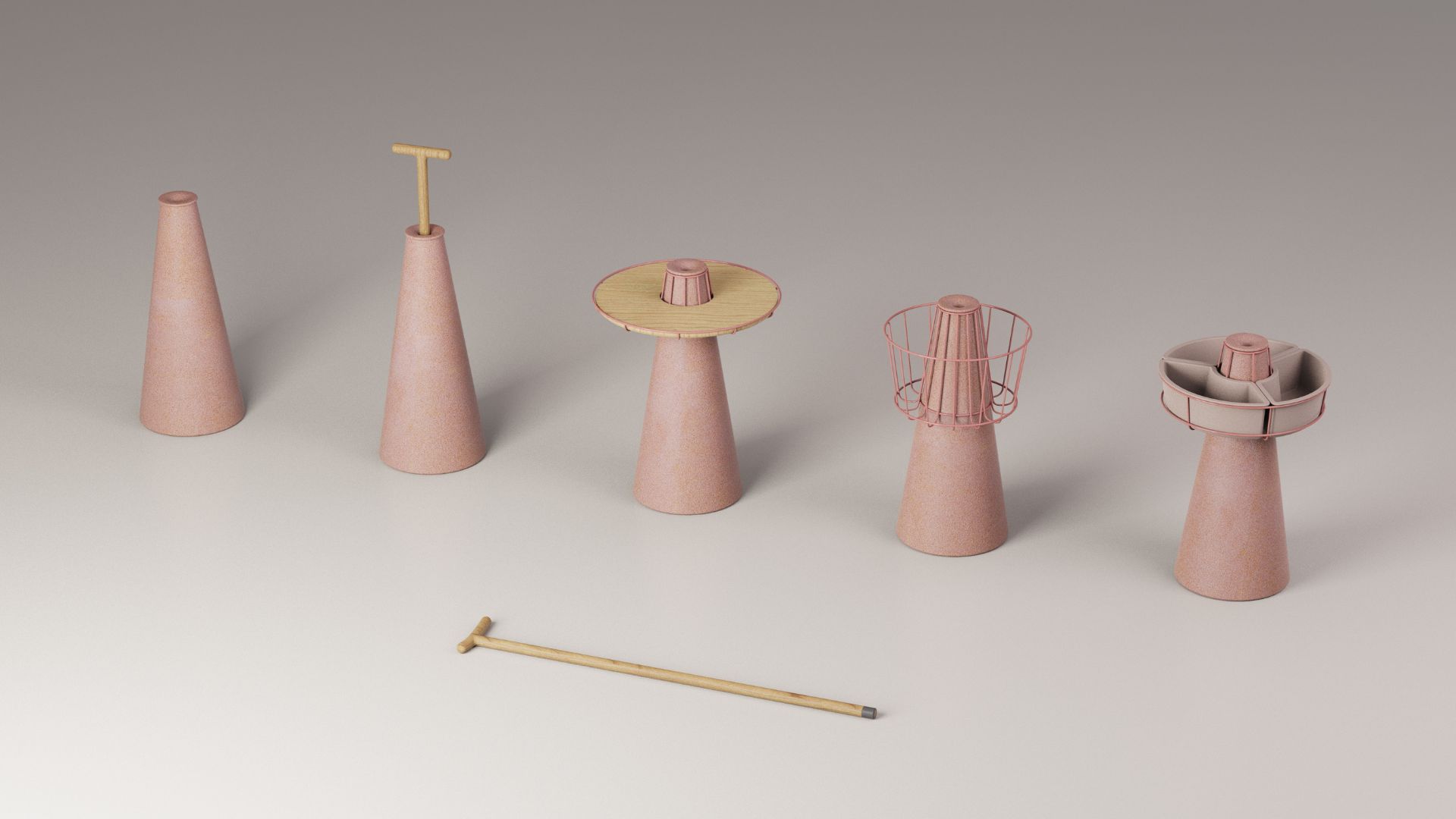Tableware made with air pollution – would you eat from it?
Iris de Kievith and Annemarie Piscaer have found a way to harvest dust and utilize it for ceramic glazing, presenting Smogware – a porcelain tableware collection.

Skilfully featuring data on one’s plate – this extraordinary minimalistic line named Smogware was initially produced using the air pollution of Rotterdam.
Every day, unknowingly, we breathe in fine dust with negative impacts on our health.
Shedding light on this, architect Iris de Kievith and designer Annemarie Piscaer have brilliantly found a way to harvest dust and utilize it for ceramic glazing, innovatively presenting ‘Smogware’ – a fascinating porcelain tableware collection.
Intrigued?

“The use of ordinary dishes – from a coffee cup to a cereal bowl – is just as intimate and usual as breathing, becoming a suitable means for heightening awareness of air quality.
The colorful glazing created from the captured dust makes the poor air quality visible, even tangible!” says Kievith and Piscaer.

Comprising 6 eclectic eye-catching pieces, the fine dust particles are seamlessly utilized to glaze the tableware.
Effortlessly resulting in a peculiar matrix of data – this collection is beautifully crafted in 5 earthen hues, depending on the amount of dust that is used in the glaze.
Over ten years a citizen of Rotterdam breathes in about one gram of particulate matter – this is the amount that is used to glaze one coffee cup or plate.

Additionally, the same is done with the amounts of dust that a person breathes in 25, 45, 65 or 85 years where the color differences speak for themselves.
“After Rotterdam, the Smogware tableware is made for other cities. As a way of ‘participative urban mining’ – people can help harvest the dust in their most polluted city roads.” they add.
Have you ever though of air pollution in this way? See more projects on innovative materials here.










